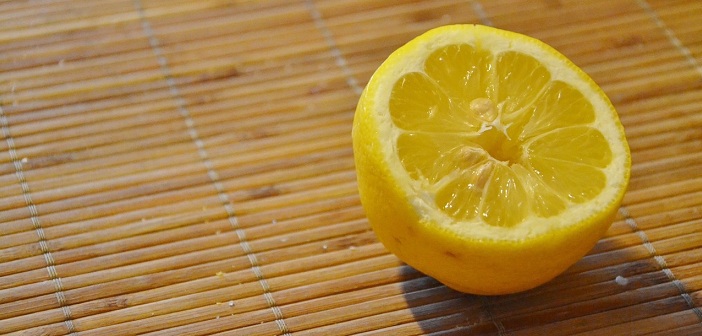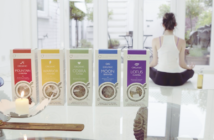With cold and flu season on the way, it’s time to boost our immune systems with all the vitamin C we can get. But wait—put down that orange! Instead, pour yourself a cup of one of these fantastic herbal teas packed with virus-busting vitamins and minerals.
Rose Hips
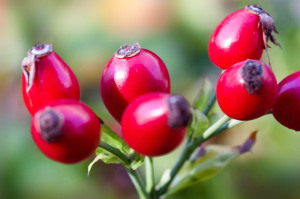 The fruit of the rose plant, rose hips have long been prized for medicinal and culinary uses (the Swedish have a traditional soup called nyponsoppa made from rose hips). They are high in antioxidants, contain 110% of your daily value of vitamin A, and are packed with 710% daily value of vitamin C—that’s 50% more than you’d get from an orange. Rose hips are best if used fresh, not dried, and are often paired with hibiscus flowers for flavor and even more good-for-you punch.
The fruit of the rose plant, rose hips have long been prized for medicinal and culinary uses (the Swedish have a traditional soup called nyponsoppa made from rose hips). They are high in antioxidants, contain 110% of your daily value of vitamin A, and are packed with 710% daily value of vitamin C—that’s 50% more than you’d get from an orange. Rose hips are best if used fresh, not dried, and are often paired with hibiscus flowers for flavor and even more good-for-you punch.
To make tea: Steep 1-2 tablespoons rose hips in boiling water for 10 minutes. Strain and sweeten with honey.
Thyme
 Commonly thought of as a seasoning, thyme is actually most useful as medicine, with strong antioxidant properties thanks to thymol, a compound that gives thyme its aroma as well as antiseptic powers. It also contains 267% daily value of vitamin C as well as 19.8% daily value of iron. It can help soothe coughs, relieve indigestion, and reduce fever, making it perfect if you’re already feeling a bit under the weather.
Commonly thought of as a seasoning, thyme is actually most useful as medicine, with strong antioxidant properties thanks to thymol, a compound that gives thyme its aroma as well as antiseptic powers. It also contains 267% daily value of vitamin C as well as 19.8% daily value of iron. It can help soothe coughs, relieve indigestion, and reduce fever, making it perfect if you’re already feeling a bit under the weather.
To make tea: Steep 2 teaspoons of thyme in boiling water for 2-10 minutes (depending on how strong you like it). Strain and add honey.
Download our free Wellness & Tea 101 E-Book
Saffron
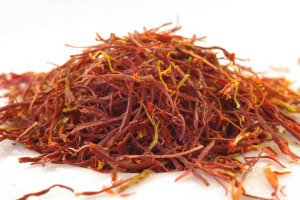 Another oft-used culinary herb, saffron is rich in minerals and contains 135% of your daily value of vitamin C. The compounds found in saffron aid in the maturation of white blood cells and accelerate the levels of enzymes that help your body track down toxins — all great news for your immune system.
Another oft-used culinary herb, saffron is rich in minerals and contains 135% of your daily value of vitamin C. The compounds found in saffron aid in the maturation of white blood cells and accelerate the levels of enzymes that help your body track down toxins — all great news for your immune system.
To make tea: Place 3-4 strands of saffron into a cup (a little goes a long way) along with a small amount of warm water. Allow to steep for about 10 minutes, then fill the cup with boiling water and add honey to taste.
White Pine
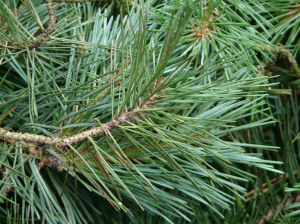 Pine needle tea was first used by indigenous peoples for its cleansing and medicinal properties and is still used to this day by savvy folks. It is high in vitamin A, making it wonderfully restorative for the skin and eyes, and has up to five times as much vitamin C as citrus fruits. White pine needles are often cited as the most nutrient-packed, but you can use just about any kind of pine that grows near you (just stay away from yew, Norfolk Island Pine, and Ponderosa Pine as they are poisonous).
Pine needle tea was first used by indigenous peoples for its cleansing and medicinal properties and is still used to this day by savvy folks. It is high in vitamin A, making it wonderfully restorative for the skin and eyes, and has up to five times as much vitamin C as citrus fruits. White pine needles are often cited as the most nutrient-packed, but you can use just about any kind of pine that grows near you (just stay away from yew, Norfolk Island Pine, and Ponderosa Pine as they are poisonous).
To make tea: Remove the brown sheaths at the base of the pine needles. Wash and chop. Boil 1 cup of water in a small saucepan. Turn off the heat, add a handful of needles (around 1 tablespoon), and put the lid on. Allow to steep until pine needles sink to the bottom, approximately 5-10 minutes. Strain into a mug and add lemon or honey, to taste, if desired.
Note: All daily values are calculated based on 100 grams and using the Nutrition Calculator.

